The Hunt for Big Trout
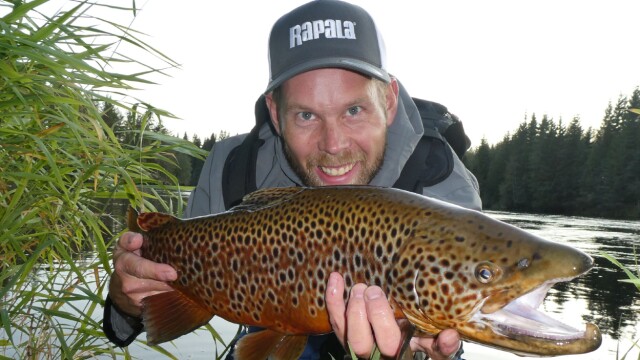
Fishing guide Inge Rønning gives us his insights to the hunt for big fish.
In 2017 he started the season with a 7.7 kg trout. Fishing guide Inge Rønning gives us his insights to the hunt for big fish.
This car mechanic from Rendalan has become well known in the trout fishing culture throughout Eastern Norway. Over the past 10 years he has made a name for himself by fishing with wobblers. As a Rapala Pro-Guide, he spends a lot of time on rivers that are home to big trout. And not only does he catch a lot of fish but they are often very big. So we asked Inge how he goes about targeting larger fish.
Written by Lars Reitan.
Where do you find big fish in the river?
– Primarily you will find larger fish in the slower sections of river, using as little energy as possible. In Rena I have 4-5 spots that I always wind up at. During the day time they are typically sitting in the deep pools, while during the evenings they get more active and hunt around in the shallows.
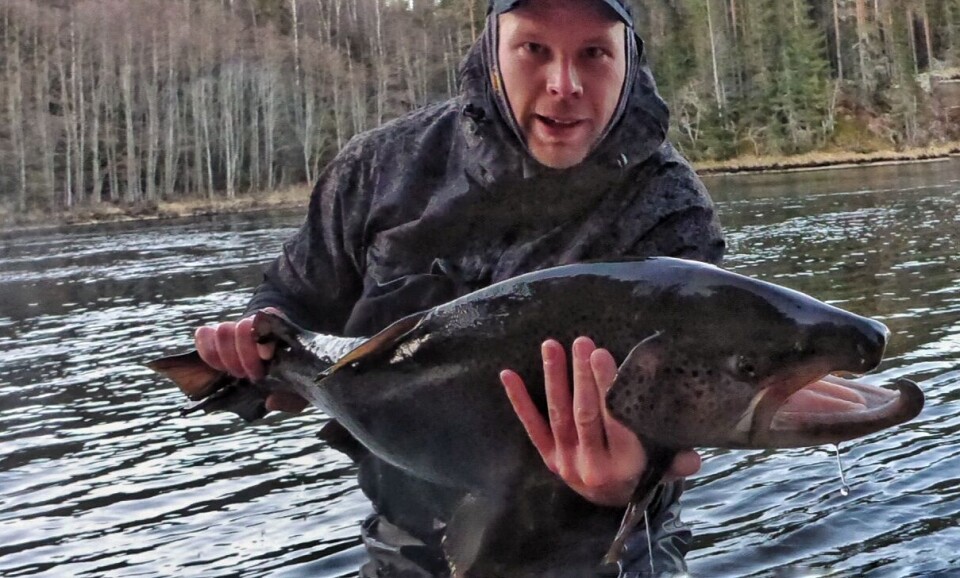
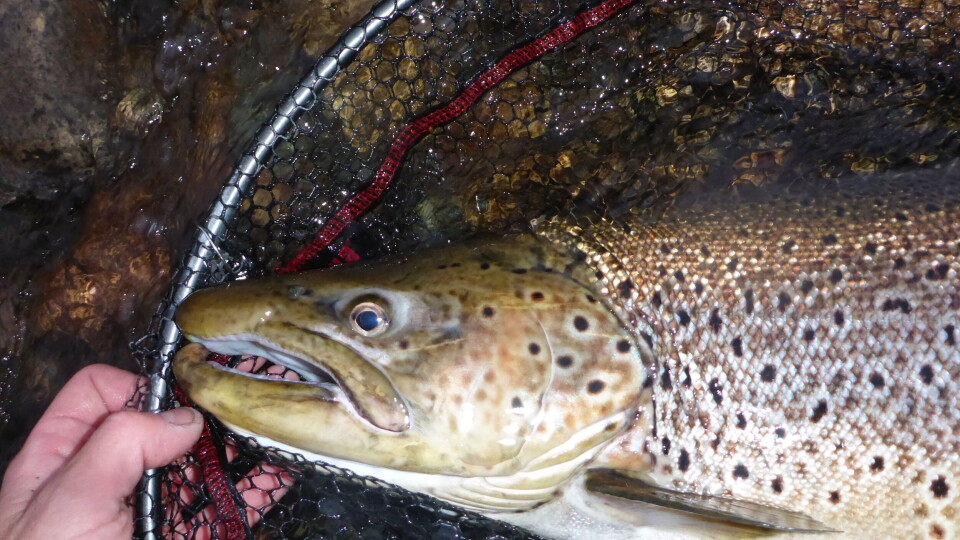
Which periods of the season are best for large fish?
– Early and late in the season are typically the best. On the Rena I’ve had good success in the spring, before the hatches really start taking off. Larger fish don’t eat many flies, but they are more active when the water is a bit warmer. During the season opening this year the water temperature was only 3 degrees, meaning the fish had short feeding windows. On the opening day we caught a bunch of fish, but none of them were very big. Only three of them were over a kilo.
Where do you have the best chances for success – fishing from the bank or from a boat?
– During the opening weekend in Rena river I fished from a kayak, pontoon boat, and a drift boat. The advantage with a boat is that you can access a lot more water. However, I’ve caught my biggest fish from the bank, so I think it is a bit random as to what works best.
How important is choice of size, shape, and color choice of a wobbler?
– It varies. I primarily use 10 cm wobblers. I seldom go under 7 cm or over 11 cm. When its getting dark I typically fish dark colors. 90 percent of the time I use natural colors, preferably to match a trout or whitefish minnow. If the fishing is totally off it can be worth it to try brighter colors.
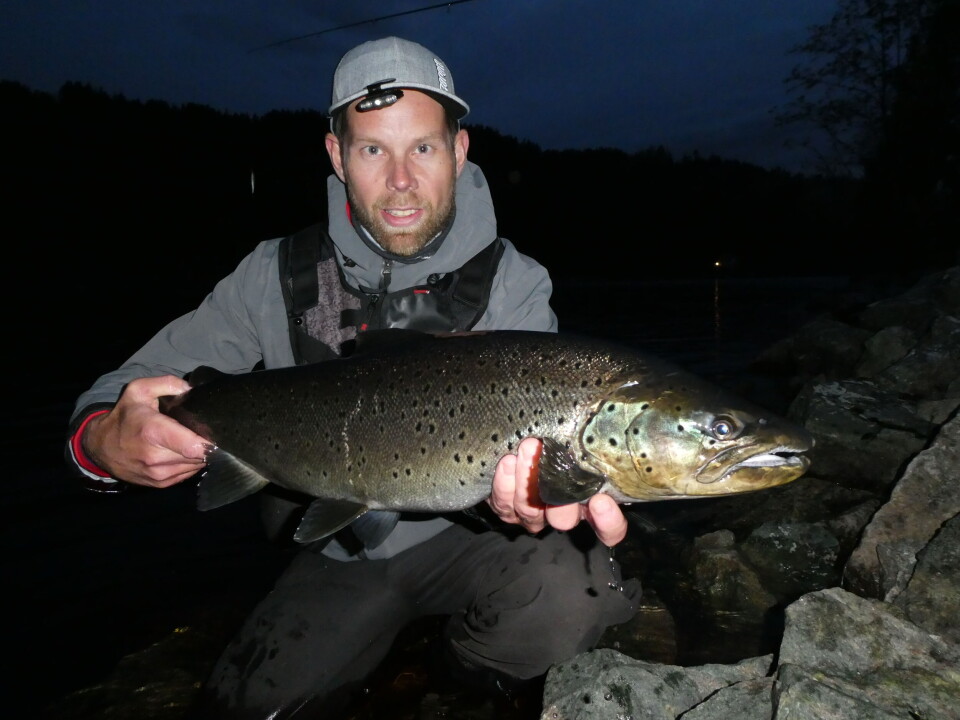
What do you do with the big fish you catch?
– On Renaelva you must release all fish over 40 cm, but I typically take a smaller fish home for dinner. No matter where I fish I always release any fish over a kilo. Large fish have the best genetics, and these should swim forth and reproduce. The large females are especially vital, because the have large eggs which have a much better chance at surviving than smaller eggs from smaller fish.
Do you use barbless hooks?
– I use at most one barbless treble hook. Most treble hooks have barbs, but this can easily be pinched or filed off.
Du you ever fish anything other than wobblers?
– I haven’t picked up a fly rod for over 8 years. I learned quickly that I was after big fish, and that meant using something else. Now I fish almost primarily with wobblers. On occasion I will fish a heavy lure to cast further and fish deeper. With a 20 gram “Møresild” you can get an extra 30 meters on your cast. But, it is obviously just more fun to fish with wobblers.
Why is that?
– Wobblers can be fish in a lot of different ways. You give it more life with your rod. By jerking it to the side and making it look alive you can often trigger big fish to bite, while a lure is something you just drag in. Fishing with wobblers allows for more effectively imitating the natural prey. I just find it more rewarding.
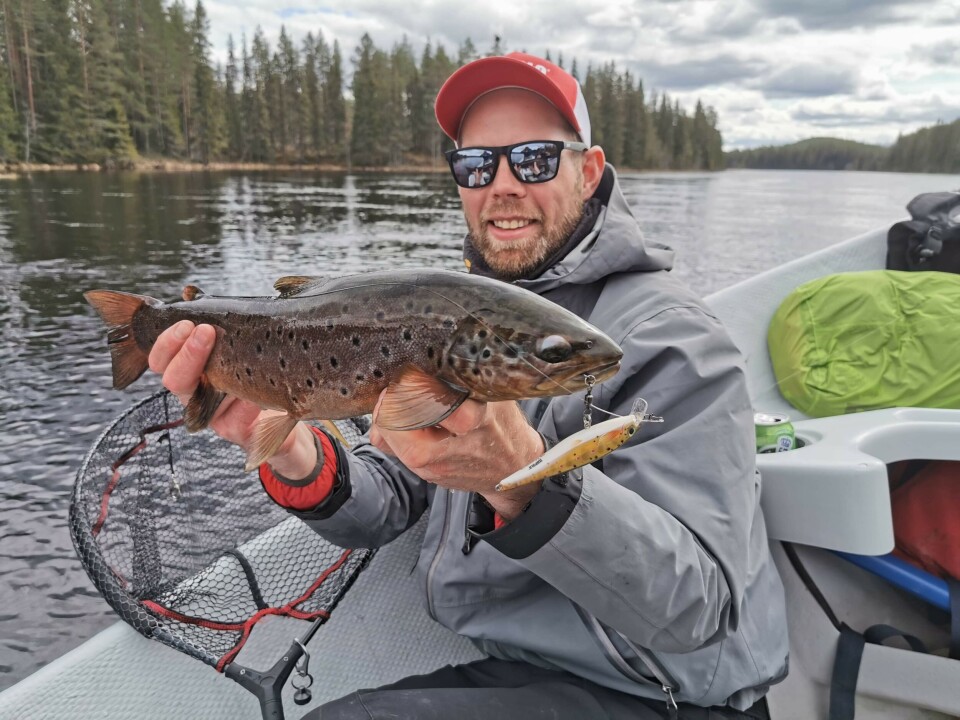
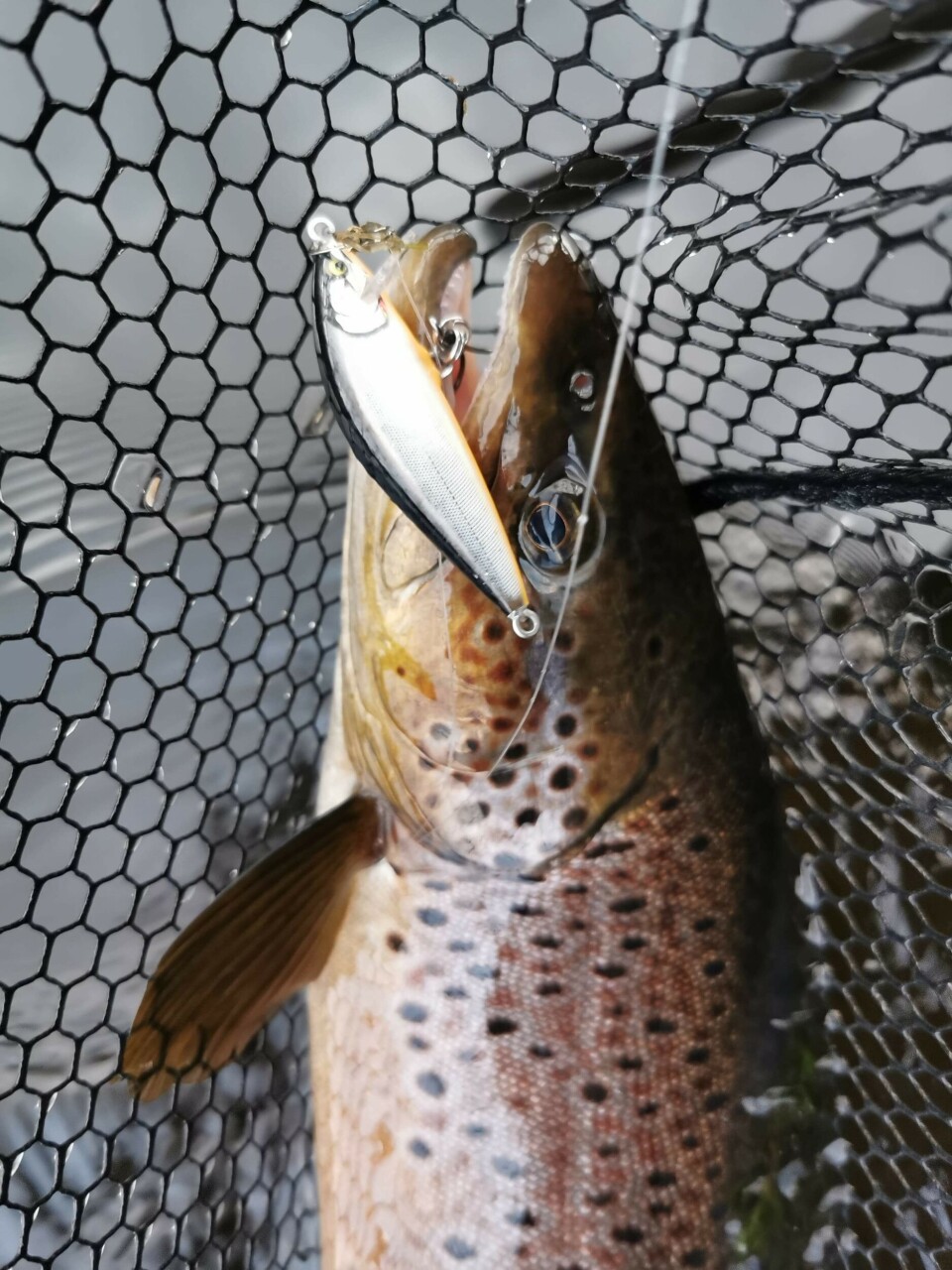
Can wobbler fishing be compared to fly fishing?
– Fly fishing is all about imitating what the fish are eating. Fishing with a wobbler is exactly the same thing. During the fall I will often fish with poppers imitating a mouse or a frog. This is a super exciting way to fish! When a big fish chases right up to your feet you really get the feeling that your alive!
Where do you catch big fish?
– If you are truly on the hunt for large fish you’ve got to choose the right rivers. My two favorites are Rena and Mistra. I also fish quite a bit in Åkrestrømmen, Unsetåa, Femundselva, and a little bit in Glomma. I always end the fishing season in Randselva. 90 percent of my fishing takes place on rivers. However, Storsjøen also is home to big fish and is definitely worth checking out. The trout in Mistra run upstream from Storsjøen, and it’s important to keep an eye on the water levels. Here you have a really good chance at catching big trout, especially later in the summer.

This summer might be a little bit packed on Norwegian rivers. How do you find your own big fish spot?
– When you decide to explore a new river its always a good idea to reach out to the locals. When my fishing buddy Anders and I took our first trip to Rena we arranged a guide and learned a lot of good fishing tips: That first night we landed 6 trout over 1 kilo!
On the Mistra I’ve spent a lot of time learning through fishing myself. Its all about learning to read the river and not stressing about it. Look out for good spots where fish can hold, and sneak up on them. Switch up your tactics if they are not working. You can fish through a pool without seeing anything, but changing things up can make all the difference. This game is all about patience! To catch a big trout should not be easy, and that’s what makes it so rewarding!


